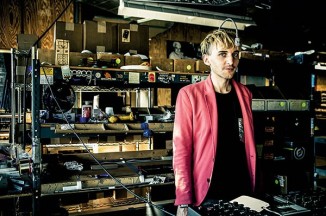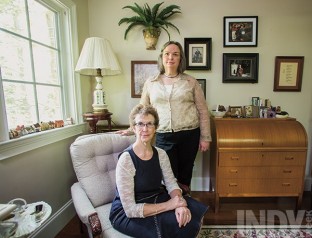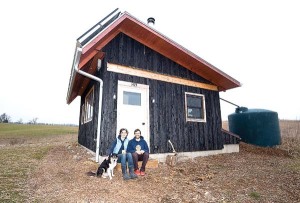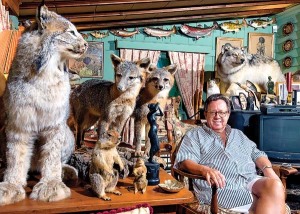Transhuman rights is a burgeoning idea, and many self-described cyborgs see a battle brewing over the right to engineer their bodies and minds, expand their senses, or become “trans-species” by adopting the senses of other animals.
In 2004, cyborg activist Neil Harbisson had a Wi-Fi-enabled antenna osseointegrated into his skull. It allows the colorblind artist to hear the light frequencies of color, from visible to ultraviolet and infrared, and to receive images from this world and beyond. The operation, rejected by a bioethical committee, was eventually performed by a surgeon who required anonymity.
“The amount of people who want to become technology is growing,”

Neil Harbisson – Photo courtesy of Moogfest
Harbisson writes. “In a way, we are all consciously or unconsciously in transition of becoming biological cyborgs —you can notice it in language. Before one would say, ‘My mobile phone is running out of battery,’ but now most people would say, ‘I’m running out of battery’ … We are already talking about technology as if we were technology.”Harbisson is not alone in taking wearable technology to its logical conclusion. In 2010, to promote the extension of the senses and protect cyborg rights, he cofounded the Cyborg Foundation with Moon Ribas. She had a seismic sensor implanted in her arm in 2013, so that she could feel earthquakes around the world. Wirelessly connected to online seismographs, the sensor translates earthquake data into vibrations that vary in intensity depending on where a quake falls on the Richter scale.


